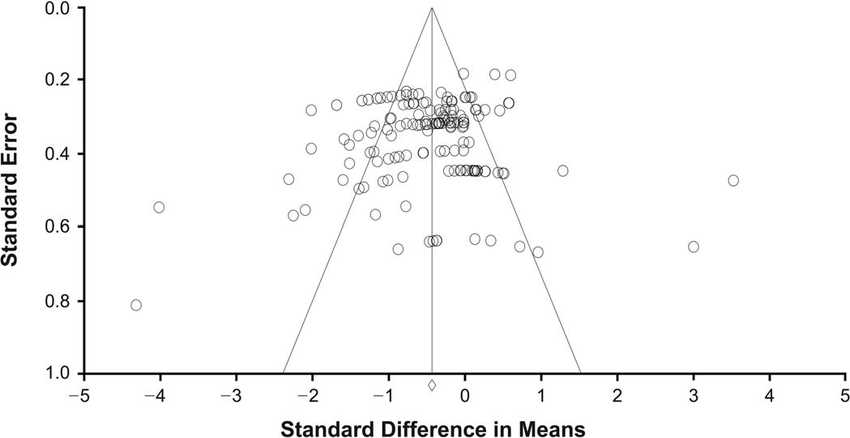Keyword: warfighters

Kollock, R., C. Andrews, A. Johnston, T. Elliott, A. E. Wilson, K. Games, and J. Sefton. 2016. A meta-analysis to determine if lower extremity muscle strengthening should be included in military knee overuse injury prevention programs. Journal of Athletic Training 51(11):919-926.
Abstract
Context: Knee overuse injuries are the most common musculoskeletal complaints in military trainees and are common in active-duty warfighters. Muscle strengthening is usually recommended; however, research is conflicting in this area, which makes it difficult to develop effective screening, prevention, and training interventions for warfighters. Objective: To determine if lower extremity muscular weakness contributes to knee overuse injuries and identify specific muscular involvement. Data sources: We searched MEDLINE, PubMed, Web of Science, SPORTDiscus, CINAHL, and Military & Government Collection and reference lists of relevant articles published between January 1, 2000, and January 1, 2013. Study selection: For inclusion, requirements were uninjured and injured groups; provision of the sample size, means, and standard deviations for all groups; identification of the specific muscles assessed; and clearly defined knee injury. Data extraction: Sample size, sex, and muscle strength means and standard deviations. Data synthesis: Twenty-five studies met these criteria. We used the Scottish Intercollegiate Guidelines Network algorithm to determine the appropriate tool for appraising article quality. Unweighted random-effects model meta-analyses were conducted. Separate meta-analyses were performed for the moderators of strength measurement scale (absolute or normalized muscle strength), muscle group, and sex. A weighted random-effects model with a Hedges g effect metric and 95% confidence intervals were used for comparison across studies. Conclusions: Our meta-analysis suggests that individuals with symptoms of a knee overuse injury have lower absolute and normalized hip muscle strength. Specifically, they had lower absolute hip external-rotator, knee-extensor, and knee-flexor strength, as well as lower normalized hip external-rotator, hip-extensor, and hip-abductor strength, compared with asymptomatic control participants. The findings suggest a possible link between lower hip and thigh strength and knee overuse injuries. Further research is needed to determine if weakness is a cause or a result of knee overuse injuries before screening and intervention can be developed for at-risk warfighters.